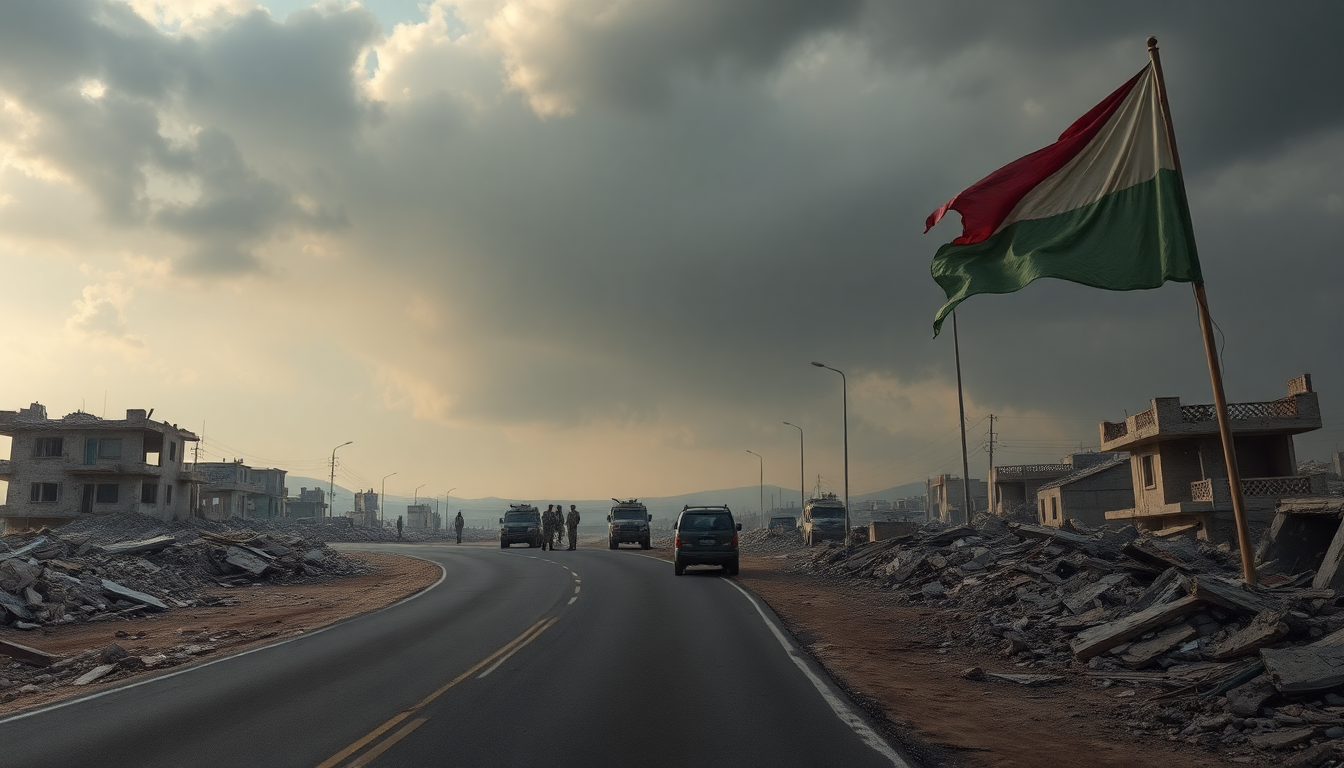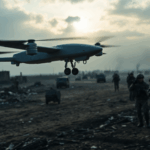Table of Contents
Today’s world is more interconnected than ever, and yet it seems like we’re surrounded by conflicts that not only shake regional stability but also ripple across international relations. Just think about it: from the ongoing strife in Ukraine to the escalating situation in Gaza, these conflicts tap into deeper issues that resonate globally.
So, what’s really going on behind the headlines? Let’s take a closer look at the current state of these disputes, exploring their origins, developments, and possible future paths.
Current geopolitical tensions
In recent months, we’ve seen some major geopolitical shifts, especially in Eastern Europe and the Middle East.
The ongoing conflict in Ukraine has been particularly striking. Take, for instance, President Zelenskyy’s recent Independence Day commemorations with Canadian Prime Minister Justin Trudeau. This moment reflects the resilience of a nation determined to stand strong against adversity. As Ukraine continues its fight against Russian advances, the international community finds itself at a crossroads, struggling to figure out how best to support Ukraine without compromising its own interests.
Meanwhile, the situation in Gaza is becoming increasingly dire, with fears mounting over a possible Israeli assault on Gaza City. These tensions are igniting protests not just in the region but all around the globe. Cities in Australia and beyond have seen pro-Palestinian demonstrators take to the streets, highlighting a rising tide of awareness and activism surrounding the humanitarian crises at play.
Isn’t it fascinating how these events can spark a worldwide conversation about human rights and justice?
Media freedom and safety of journalists
As these situations unfold, concerns about media freedom are coming to the forefront. Reports of targeted attacks on journalists in Gaza are raising serious alarms about the safety of those who dare to report on conflicts.
It’s crucial that the press can operate without fear—this is key to ensuring transparency and accountability, especially in areas facing such volatility. The challenges journalists encounter in these conflict zones stress the urgent need for strong protections and ethical reporting standards.
How can we ensure their safety while they work to keep us informed?
Public response and societal implications
The public reaction to these conflicts is complex and often mirrors broader societal discussions on migration, national security, and human rights. For example, in the UK, we’re seeing anti-refugee protests sparked by government policies on asylum seekers. This societal divide underscores the intricate nature of modern geopolitical challenges, where local actions can have profound global effects. Isn’t it eye-opening how interconnected our world has become?
As international tensions continue to shift, it’s vital for all of us to stay informed about how these conflicts interlink and their implications for global peace and security. The relationship between local grievances and international responses will not only shape the future of these regions but could also redefine the landscape of global diplomacy. So, what role do you think we can play in this evolving narrative?





